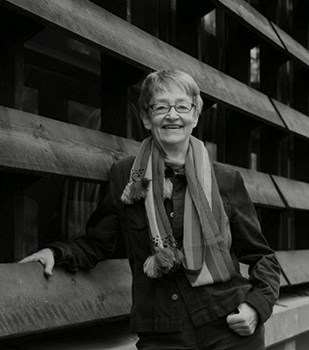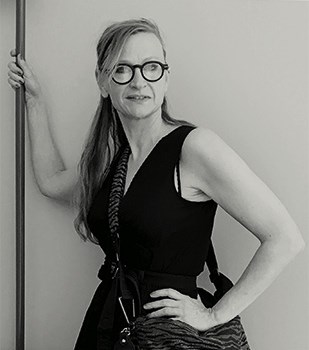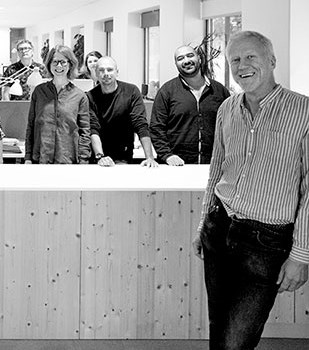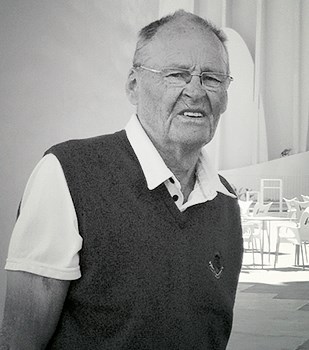There is something special about the scent of the sea, forest and seasoned timber that hits me as I step onto the porch of the family’s old coastal croft in Ångermanland. Increasingly battered by wind, rain and sun, the exterior of the house looks quite worn. But as the façades continue to take on the natural silver grey of ageing wood, the charm of the croft only increases. This says something about wood’s capacity to grow in quality over time, like a vintage wine, and about the material’s inherent poetic power.
For as long as we’ve been talking about responsible building, wood has been an obvious material to choose. But over time, the devastating threat of fire led other, more resistant, materials to find favour. Sweeping legislation that largely prohibited the use of wood in dense urban developments also threw up barriers to the development of new wood building techniques.
However, in the early 1900s, something happened to revive interest in wood even in more advanced structures – the introduction of glulam beams. The technology made it possible to produce arched components with large spans. The method of bonding the wood with adhesive that shut out oxygen also made the beams resistant to fire without any major loss of load-bearing capacity. In Sweden, the great ambassador for glulam was national rail company SJ’s chief architect Folke Zettervall who, with countless platform roofs across the country and large station halls in Malmö, Gothenburg and Stockholm, excelled in showing what was possible.
Despite this, wood remained a marginalised building material in Sweden for much of the 20th century, with the exception of the individual houses and low-rise blocks that were built entirely or partially in wood. Many architects were attracted by the material’s design versatility, but legislation and standards continued to rule out large-scale structures made purely of wood. This is why, for example, Jan Gezelius and Gunnar Mattsson’s Museum of Ethnography on Djurgården from the late 1970s, and Ralph Erskine’s Allhus in Frescati from around the same time had a concrete structural frame, despite them appearing to be wooden buildings.
It was only with the advent of a new planning and building act in 1994 that apartment blocks and other large buildings became permissible in wood. Coupled with the sustainability drive and digitalisation of recent years, we now have a radically different playing field. This represents a new beginning for wood construction which, through a younger generation of architects attracted by the material’s previously unexplored potential, has already led to a host of technical innovations, bold projects and ingenious buildings. Sitting on the porch of the croft, I’m curious to see what the future brings!


























